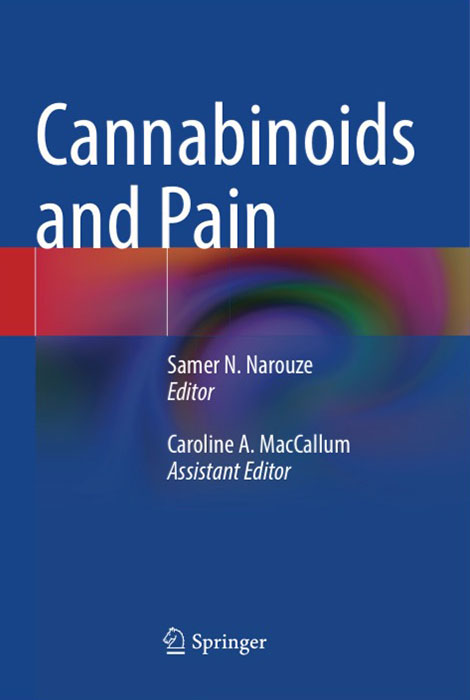Chapter 34: Cannabinoids and Adolescence
Authors: MacCallum CA & de Frietas L
Abstract:
Adolescence is a period for cortical maturation and neuronal development, particularly among frontal areas pertaining to executive function, decision-making, and reasoning. For these reasons, the adolescent brain may be vulnerable to certain substances that can cross the blood-brain barrier such as cannabis. The recreational use of cannabis in adolescence has been associated with impairments in cognition and worsening mental health trajectories. Some evidence suggests that these associated harms dissipate overtime with abstinence and are specific to subpopulations with specific risk factors (i.e., genetically vulnerable, history of childhood trauma, high-potent THC use).
When used for medical purposes, in which cannabinoids are specifically dosed, titrated, and monitored, CBD (i.e., Epidiolex) may be promising among adolescents with certain conditions such as epilepsy. Healthcare providers and parents can utilize resources such as “8 As for addressing cannabis use with adolescents” by the Canadian Paediatric Society and the “Sensible Cannabis Education” toolkit created by the Canadian Students for Sensible Drug Policy (CSSDP) as an education tool when engaging with youth about cannabis use. The Cannabis Use Disorders Identification Test – Revised (CUDIT-R), Cannabis Abuse Screening Test (CAST), CRAFFT, and Severity of Dependence Scale (SDS) are important screening questionnaires that can be used to help structure the discussion and identify which patients may benefit from more specialized interventions. Further longitudinal research in conjunction to the Adolescent Brain Cognitive Development Study is warranted to determine if any chronic effects result from the use of cannabis in adolescence.

